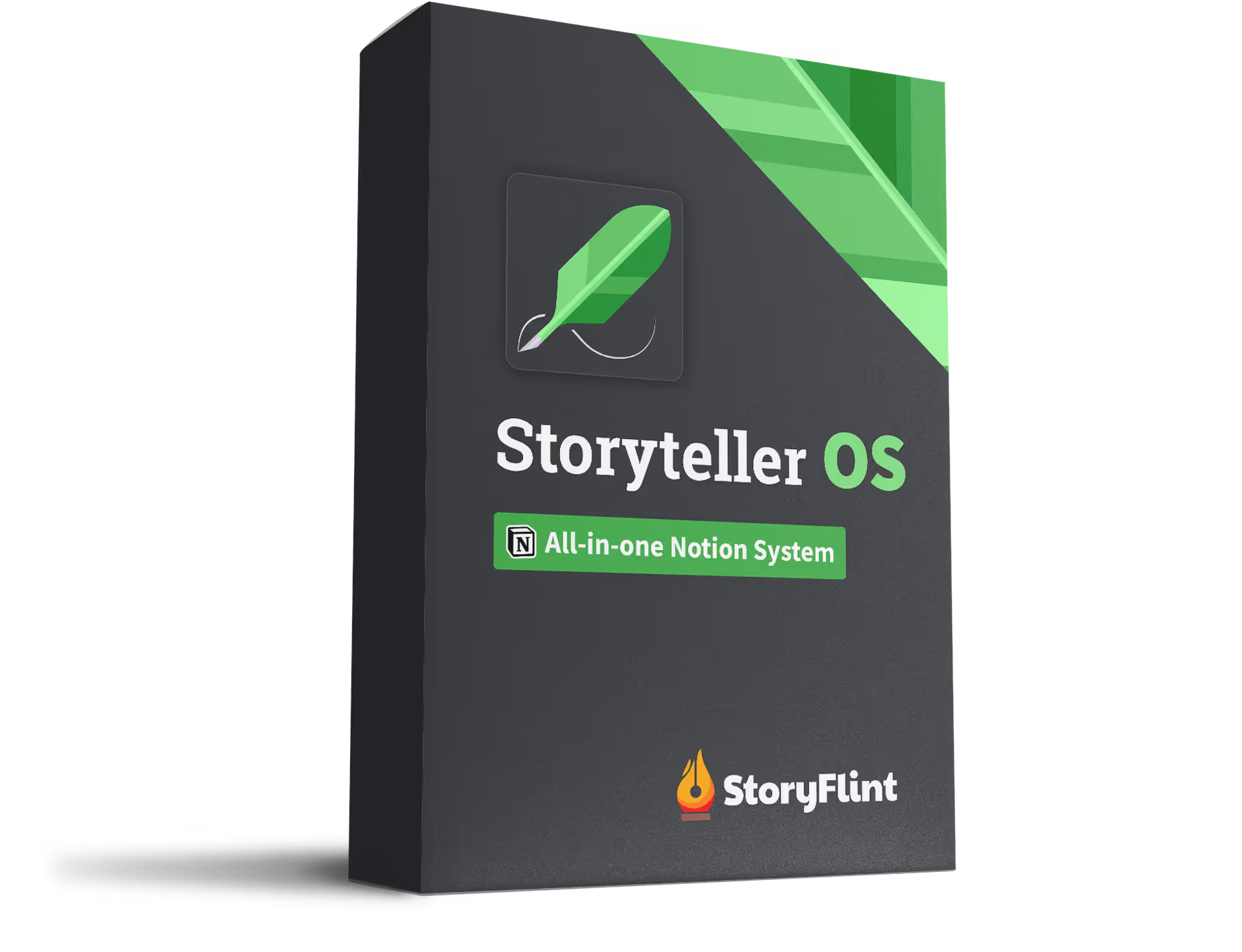In storytelling, pacing is the heartbeat of your narrative, keeping readers engaged and propelling the plot forward. It’s all about finding that sweet spot between fast-paced action and slower, reflective moments.
Let’s dive into 14 techniques that will help you maintain effective pacing in your story, ensuring every scene captivates your readers.
Why Pacing Matters
Pacing is the lifeblood of a compelling story. It shapes how readers experience your narrative and can be the difference between a gripping page-turner and a book left unfinished. Effective pacing maintains interest by varying the speed of events and emotional exploration.
1. Vary Sentence Length
Mixing short and long sentences can control your narrative’s tempo. Short sentences create urgency, perfect for action scenes or emotional peaks. In contrast, longer sentences can slow the pace, allowing for rich descriptions and introspection.
2. Use Dialogue to Speed Up
Dialogue naturally quickens the pace, breaking up lengthy exposition and drawing readers into real-time interactions. Minimalist tags and plot-driving exchanges enhance this effect, keeping readers invested in character dynamics.
3. Incorporate Subplots Thoughtfully
Subplots can enrich your main storyline, but use them wisely. Make sure they contribute to character development or the central narrative. For example, the family rivalry in "Romeo and Juliet" adds depth without overshadowing the primary plot.
4. Introduce the Inciting Incident Early
Capture your readers’ attention by presenting the inciting incident within the first 10-15% of your story. This sets the stage for the main conflict and keeps the plot moving, helping to prevent early disengagement.
5. Use Flashbacks Sparingly
While flashbacks can offer valuable backstory, overuse can slow your narrative. Ensure each flashback adds essential information that enhances the current storyline, avoiding unnecessary detours.
6. Balance Action with Reflection
Alternate between high-energy scenes and quieter, reflective moments, giving readers time to process events and emotionally connect with characters. This balance can be seen in stories like "Pride and Prejudice."
7. Employ Cliffhangers to Chapter Ends
End chapters with unresolved questions or dramatic events to maintain suspense and encourage readers to keep going. J.K. Rowling skillfully uses this technique in the "Harry Potter" series at the end of chapters to keep readers engaged.
8. Integrate World Building Seamlessly
World building should enhance your story’s flow. Weave details naturally into action or dialogue, just like in Michael Wright's "Numinous," where world-building supports pacing.
9. Trim Unnecessary Scenes
Every scene should serve a purpose. Evaluate each for its contribution to the plot or character development. If a scene doesn’t add value, consider cutting it to keep your narrative focused.
10. Avoid Excessive Time Jumps
Time jumps can disrupt pacing and signal inactivity. Use them sparingly, ensuring smooth transitions that maintain continuity in character and plot progression.
11. Slow Down in Emotional Moments
Allow emotional scenes the space they need to resonate. Explore characters' internal thoughts and reactions to create depth and enhance reader empathy, as seen in "A Christmas Carol."
12. Create Subtext
Subtext enriches your narrative with layers of meaning beneath the surface action. Ned Vizzini's "It's a Funny Kind of Story" demonstrates how subtext reveals deeper emotional truths, engaging readers on multiple levels.
13. Experiment with Macro and Micro Pacing
Macro pacing involves the overall structure of your story, while micro pacing focuses on individual scenes.
"Attack on Titan" exemplifies effective use of both, strategically introducing key elements to maintain tension:
- Macro Pacing: The series introduces key narrative elements at strategic points, ensuring that the audience is hooked early on. This involves the careful timing of major plot developments, such as Eren's transformation into a Titan, which are spread throughout the series to maintain interest and suspense.
- Micro Pacing: Within individual episodes or scenes, "Attack on Titan" builds tension by controlling the timing and duration of reveals. This includes the use of cliffhangers at the end of episodes and the gradual unveiling of character backstories and motivations, which keeps viewers on the edge of their seats.
14. Employ Foreshadowing to Build Anticipation
Consider dropping hints or clues about upcoming events through foreshadowing to build suspense and keep your readers engaged. This approach encourages them to guess future developments, fostering anticipation and excitement. How can you strategically reveal just enough information to spark curiosity while still leaving room for exploration?
Conclusion
Mastering pacing in storytelling is about finding the right rhythm for your narrative, balancing speed and depth to maintain reader engagement. Whether you're crafting a high-stakes thriller or a character-driven drama, these techniques can help you control the pace and keep your audience hooked.




